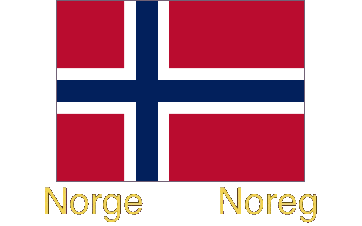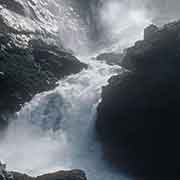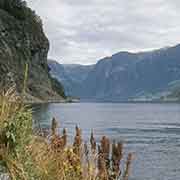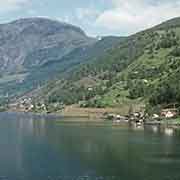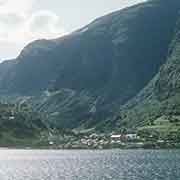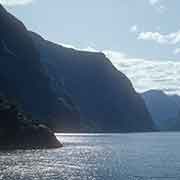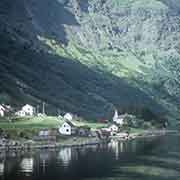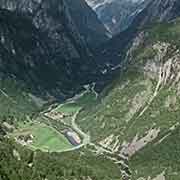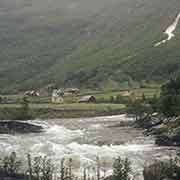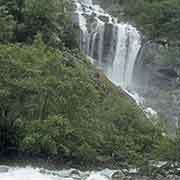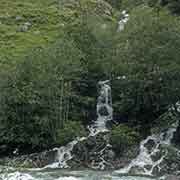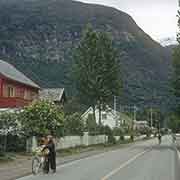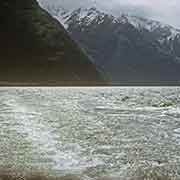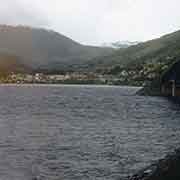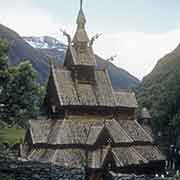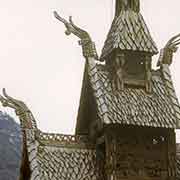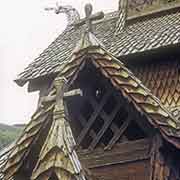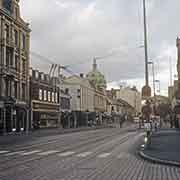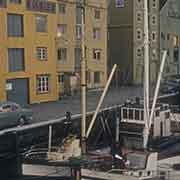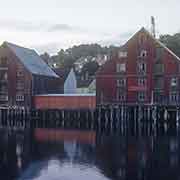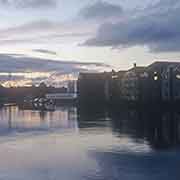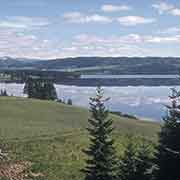Photos of Western- and Mid-Norway, Norway
Western- and Mid-Norway
Western Norway, the region along the Atlantic coast of southern Norway, is a spectacular land with its fjords, lakes, waterfalls and mountains. In Norwegian, it is called Vestlandet (“The west land”) or Vest-Norge (in Bokmål) and Vest-Noreg (in Nynorsk).
you may then send it as a postcard if you wish.
Norway’s second-largest city Bergen is in this region. A popular trip from there is “Norge i et nøtteskall” (Norway in a nutshell), by train to Myrdal and the train from there to the village of Flåm, one of the steepest railway tracks in the world, with spectacular views. This is followed by boat through the fjords and train back to Bergen.
The Sognefjord or Sognefjorden is the largest and deepest fjord in Norway, stretching 205 kilometres inland from the ocean. The famous “Stavkyrkje”, Stave church, in Borgund is a beautifully preserved wooden church, just south of Sognefjord. It was built around 1150, and, amazingly, it has been preserved for so long.
On the south shore of a fjord, on the coast and about 500 kilometres north of Oslo, is Trondheim, the third-largest city of Norway in Trøndelag county, the Mid-Norway region, with a population of about 205,000. It was founded in 997 as a trading post, named Kaupangen and it served as the capital of Norway during the Viking Age until 1217. It was founded in 997 as a trading post, and, until 1217, was the capital of Norway during the Viking Age. It still has its wooden warehouses on both sides of river Nidelva. The city has a mild climate for its northerly latitude.


